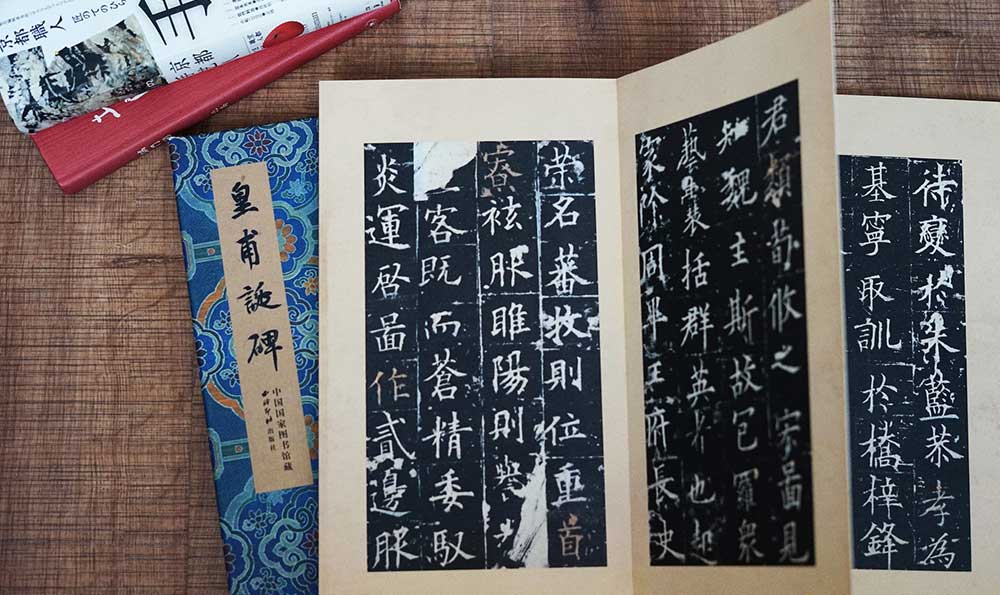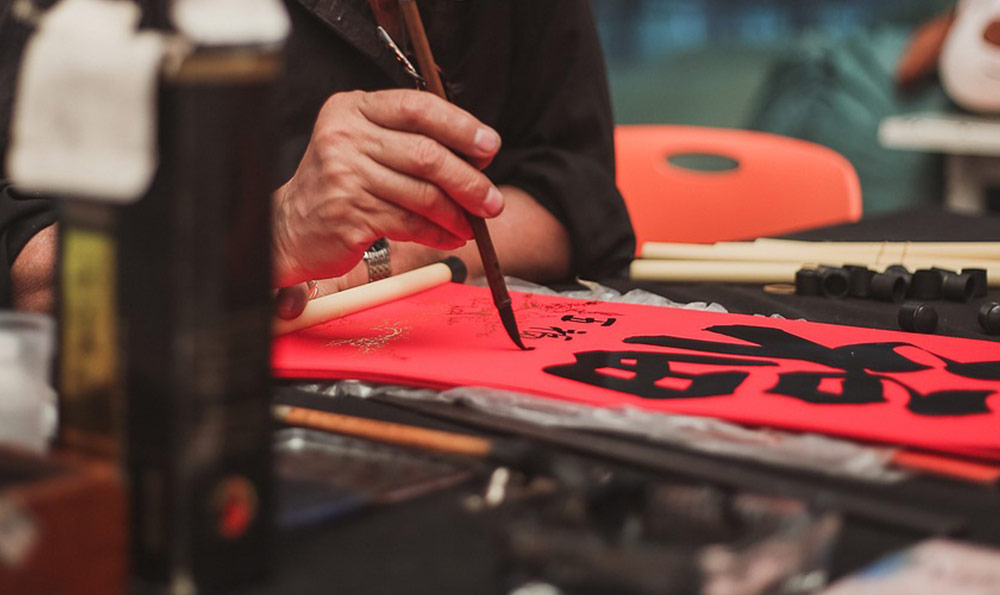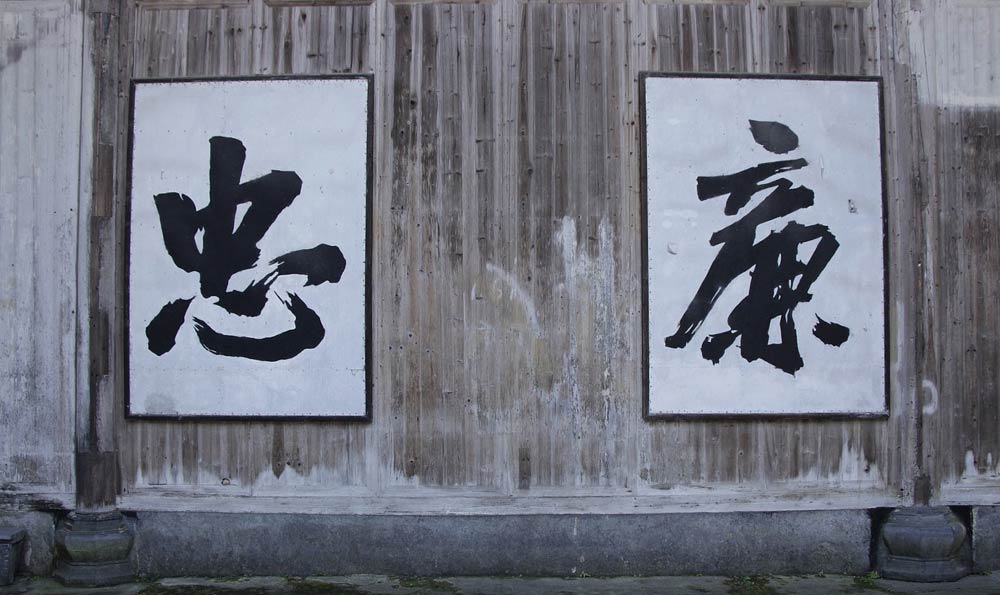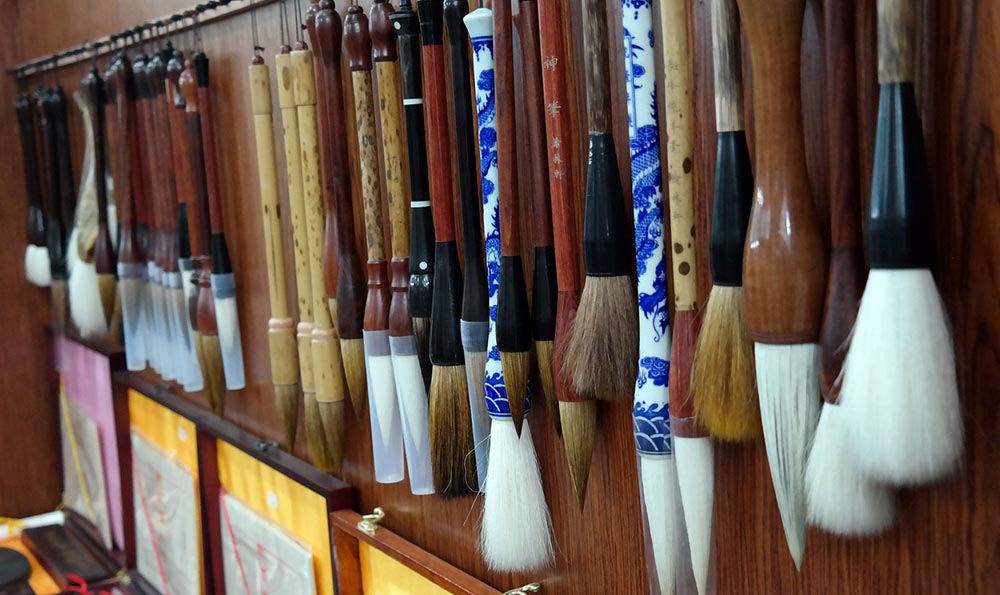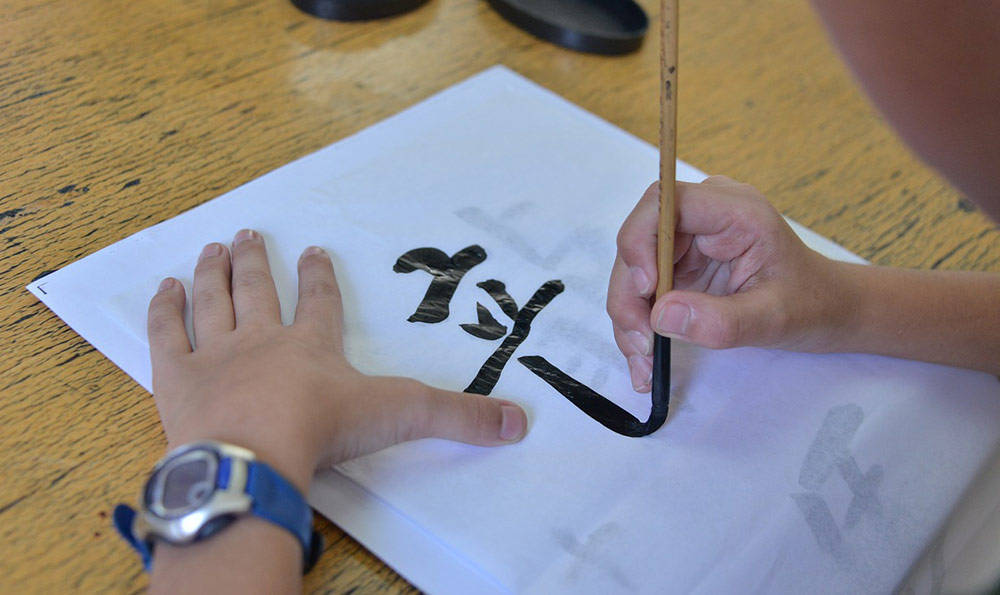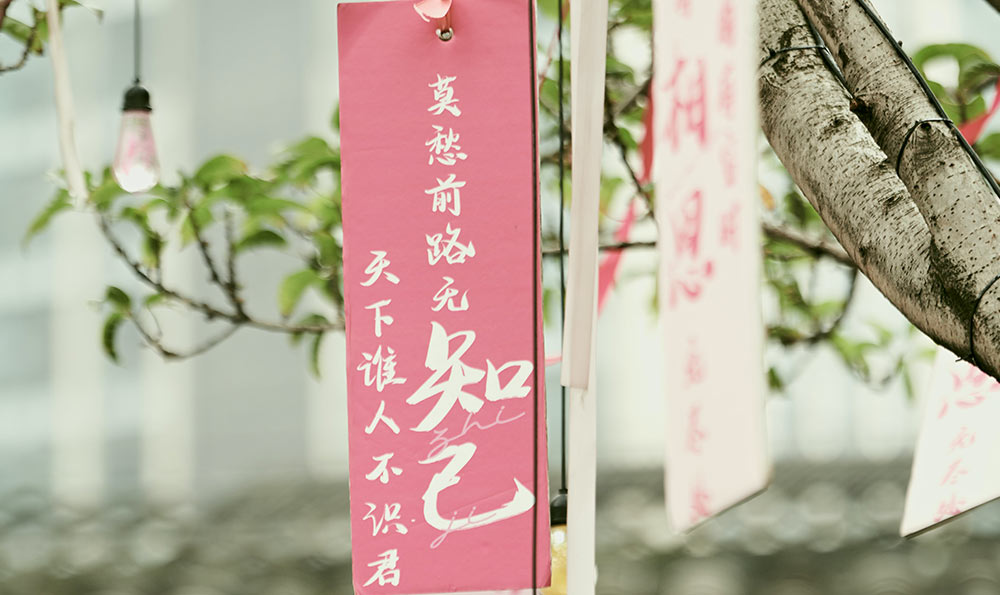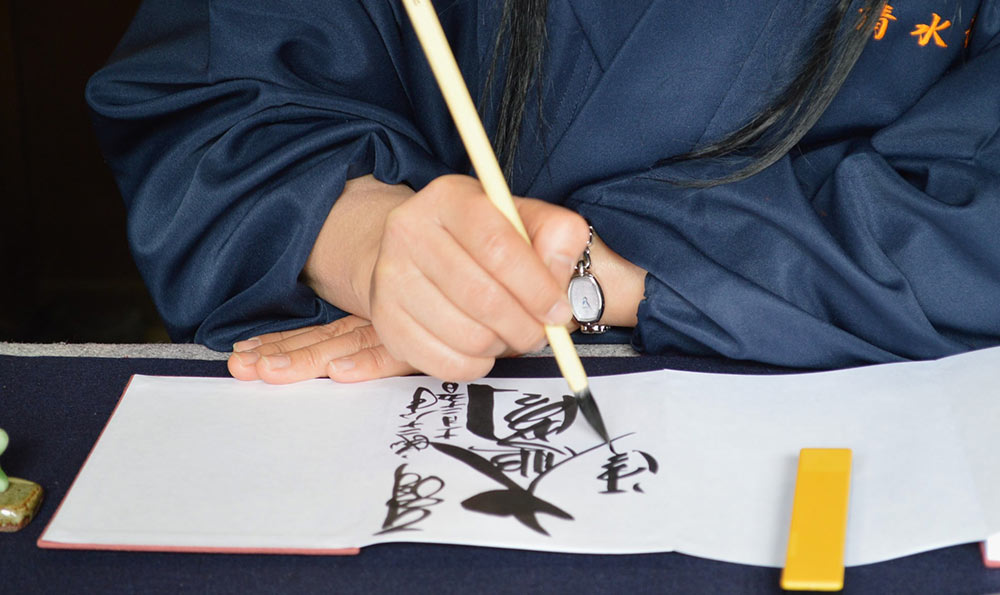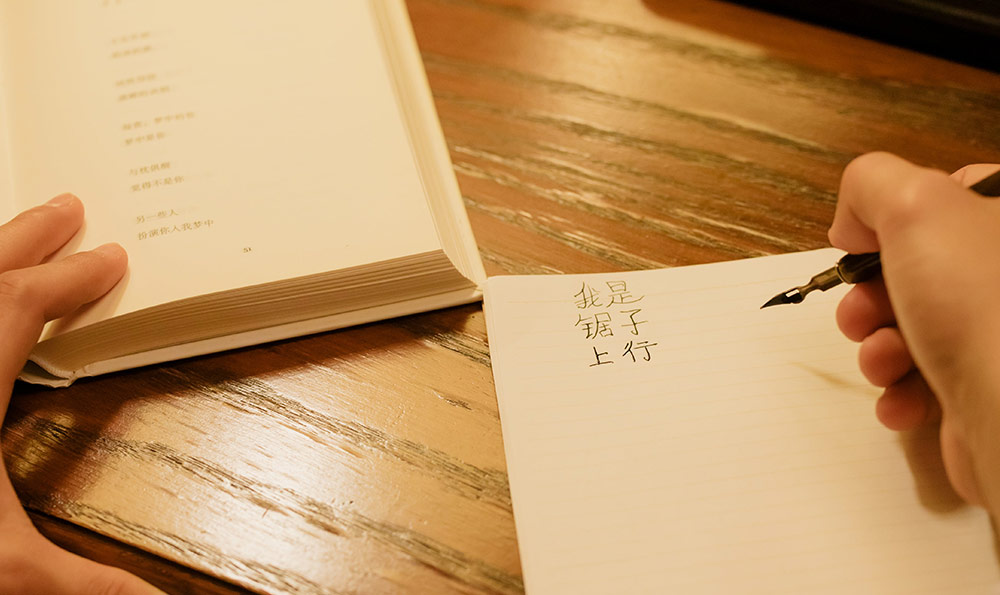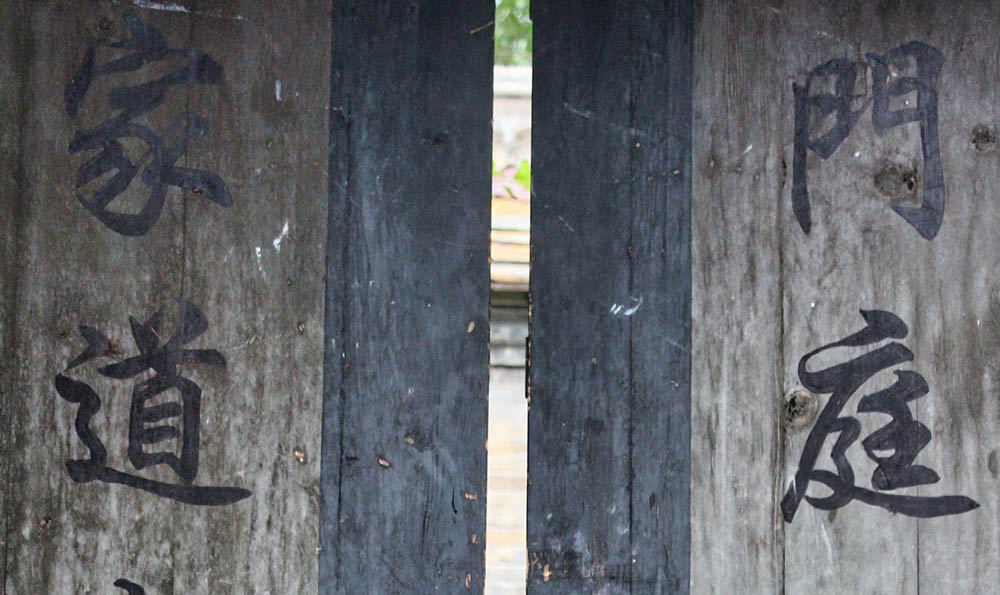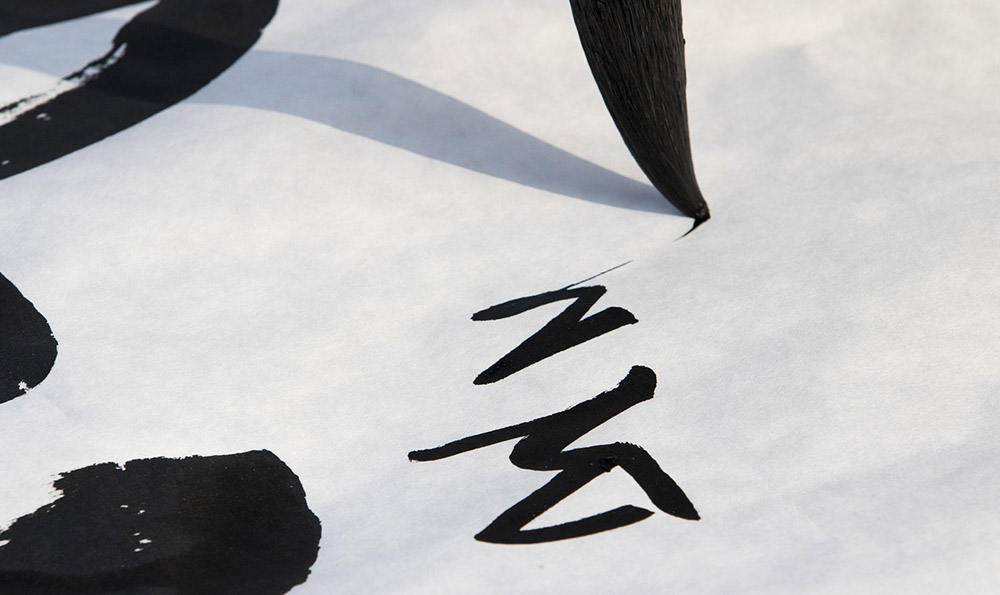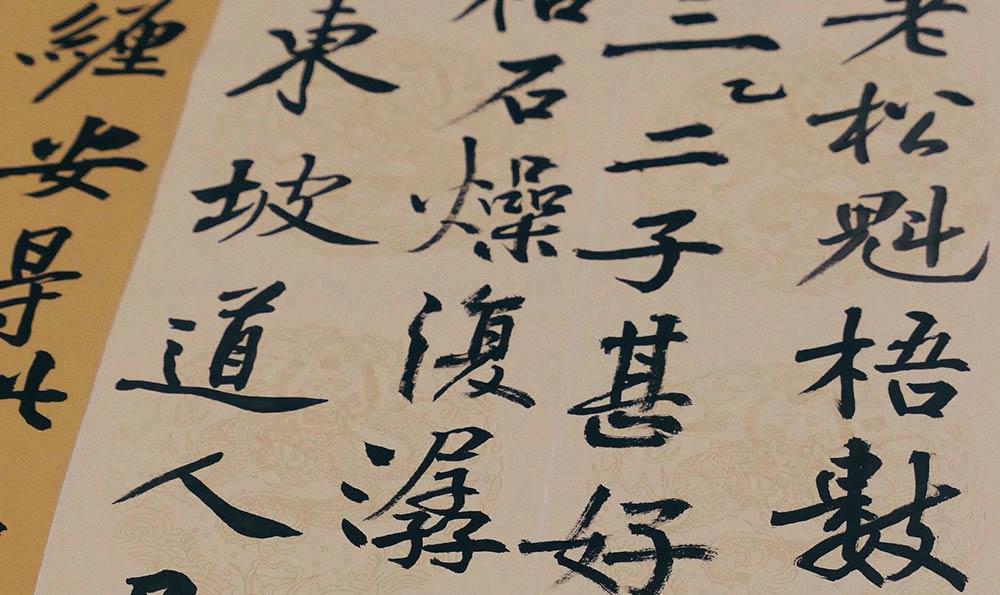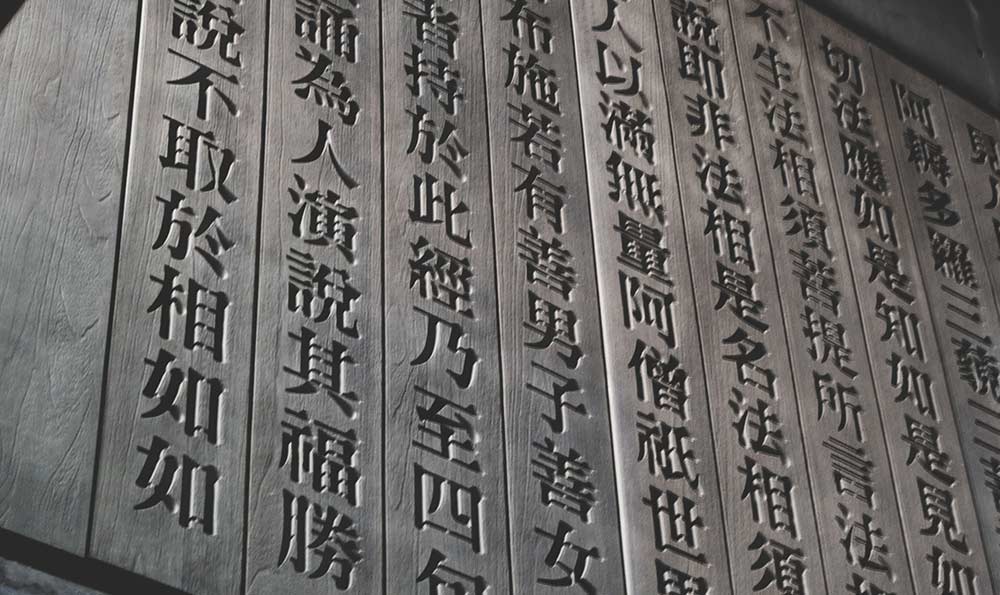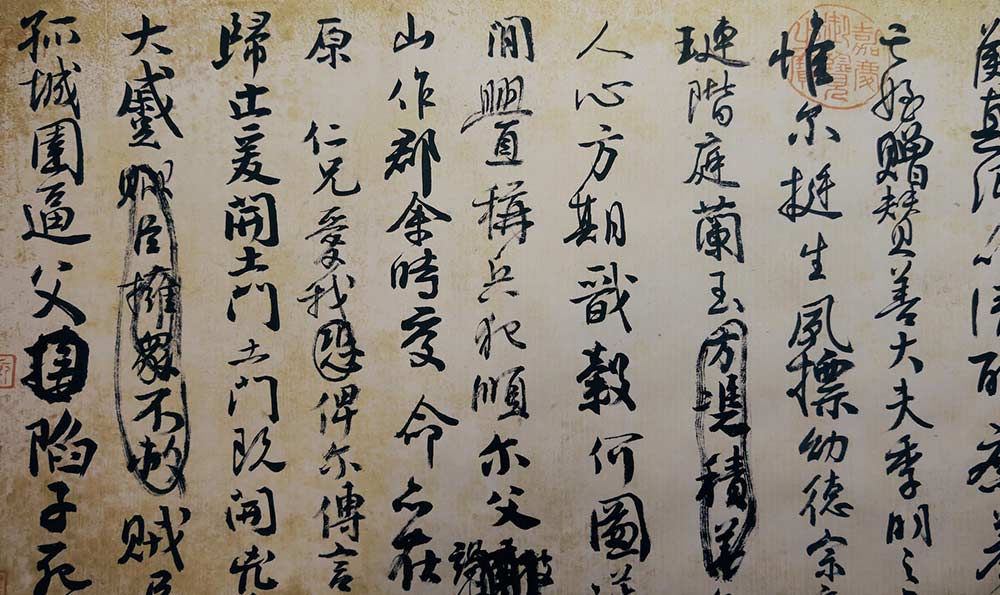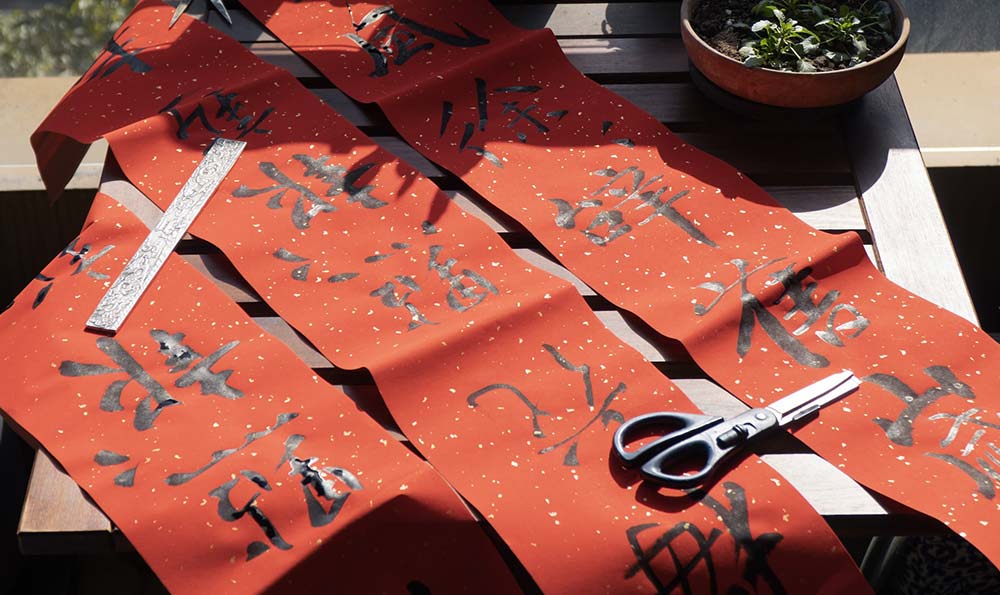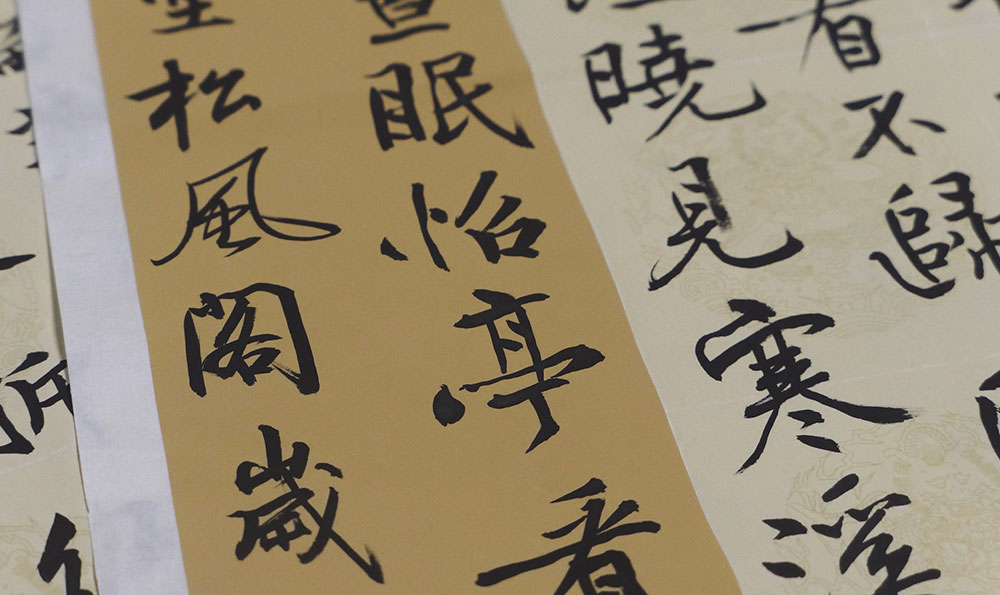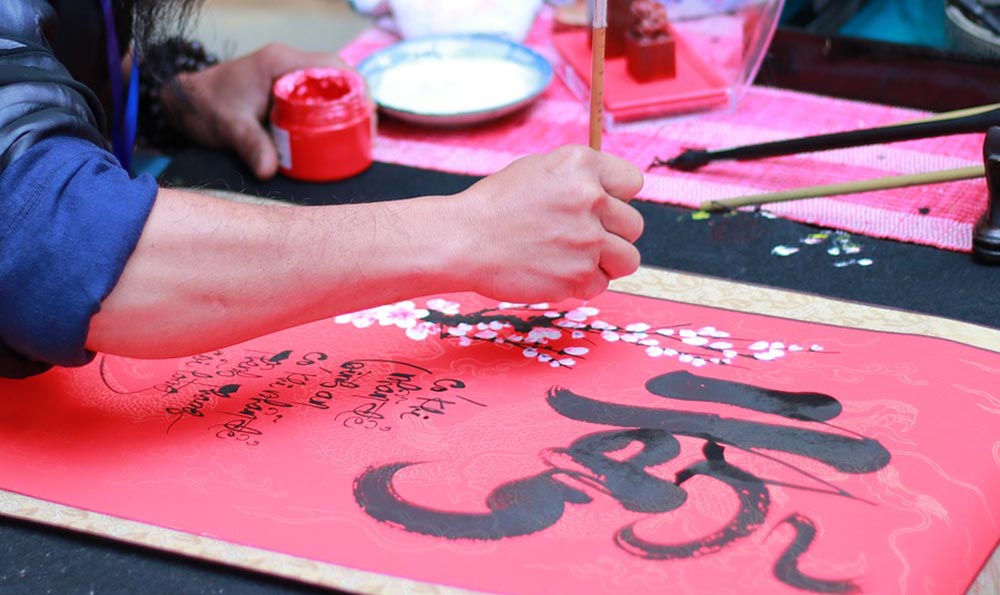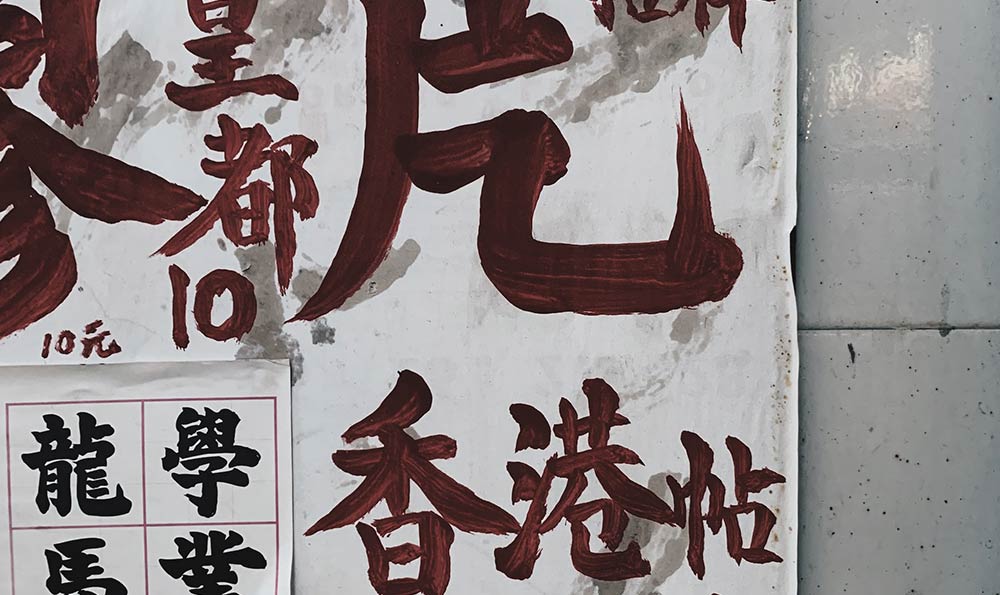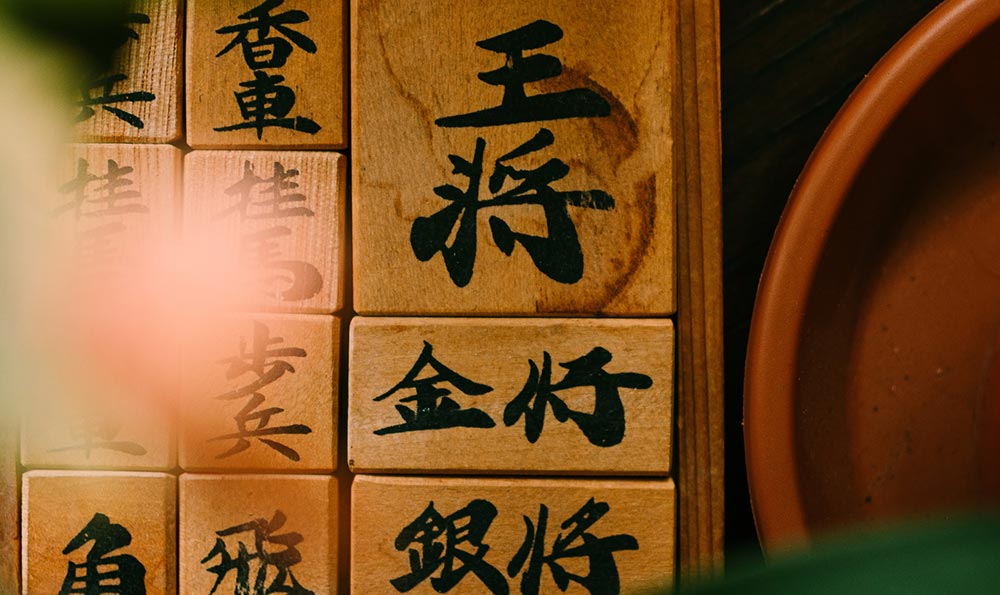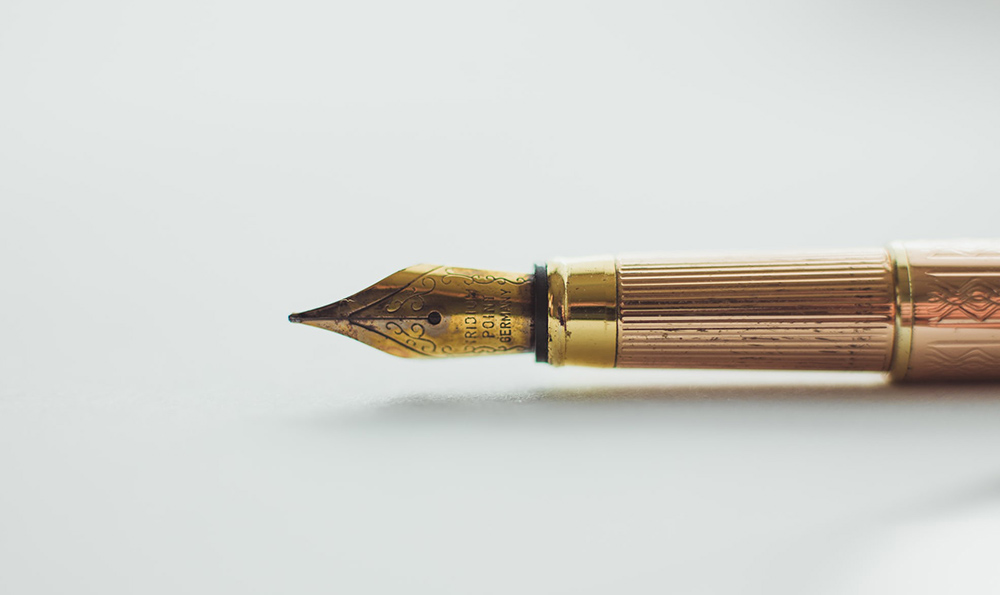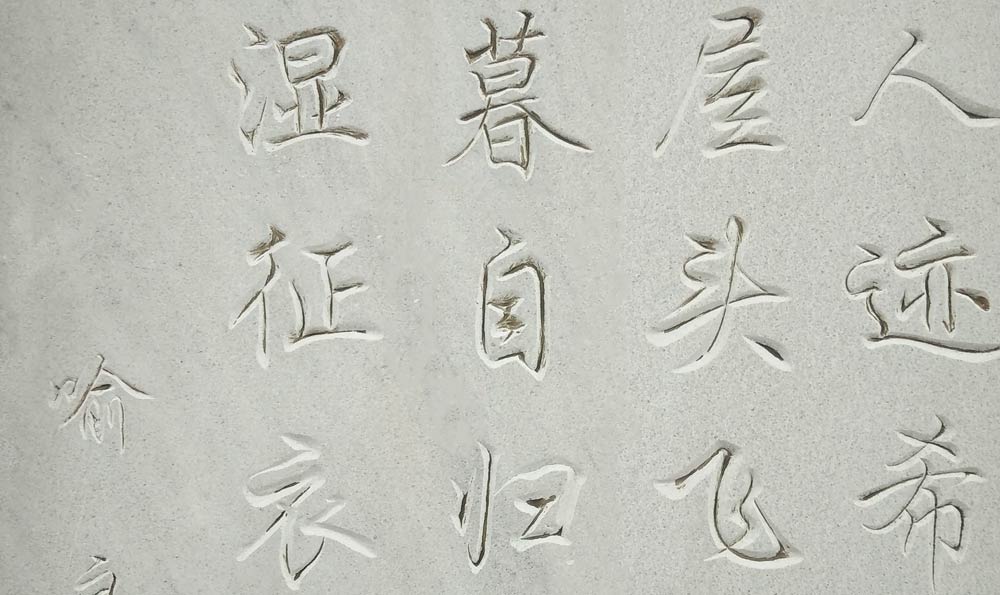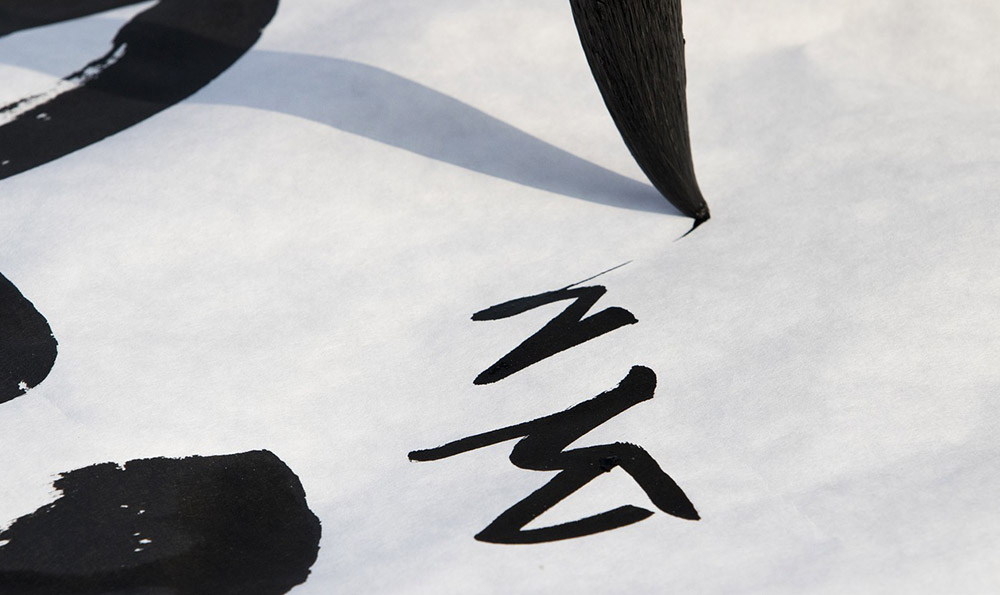源氏物语是日本平安时代一部流传至今的文学作品,其中也涉及到了书法这一文化艺术。书法作为东方传统文化的瑰宝,在源氏物语中扮演了不可忽视的角色。本文主要从笔画的构成、字体的演变和用笔之法三个方面来探讨源氏物语关于书法的描述。
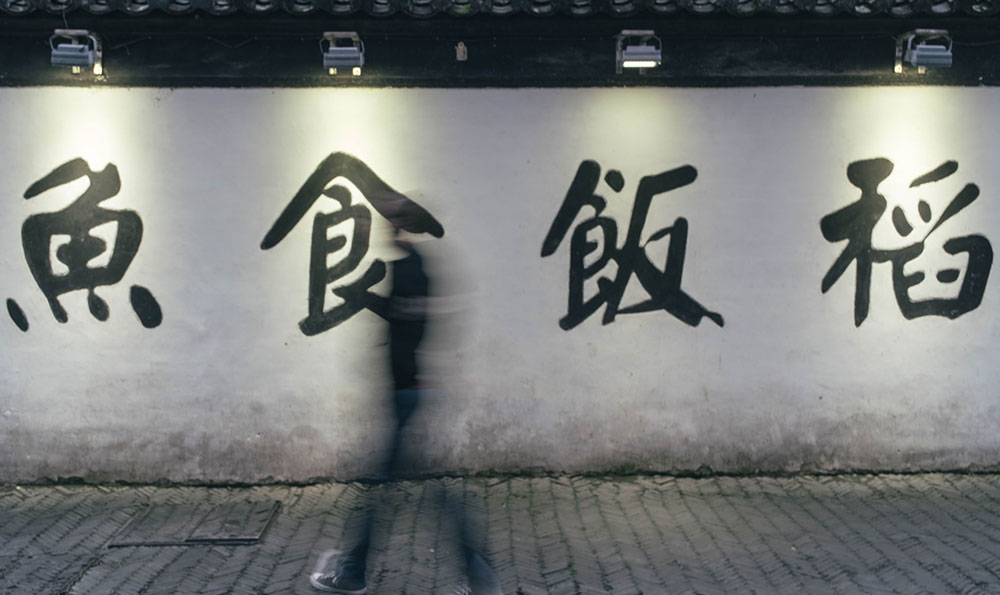
一、笔画的构成:源氏物语中对书法的描述一直强调了笔画的构成。在书法的世界里,每一笔都有着自己的特点和意义,正如源氏物语中的人物形象一样。作者以平实的语言概括了书法的魅力:“一划代表着一种情感,一种意境。”他们使用了生活化的语言来解释复杂的概念,将书法的艺术之美道尽于此。无论是源氏的纤细之笔,还是他父亲的大气之笔,每一笔都凝聚了作者对于书法的独特理解。
二、字体的演变:源氏物语中也描绘了字体的演变过程。文字的演变是文化的传承和发展的象征,而源氏物语则通过描述人物的书法风格来展现这一过程。无论是从古朴的篆书到流畅的草书,每一种字体都代表了不同的时代和个性。作者没有使用太多的专业术语,而是通过生动的比喻将字体的变化形象地呈现在读者面前,使读者更容易理解和感受到这种变化所蕴含的文化内涵。
三、用笔之法:源氏物语中也涉及到了书法的用笔之法。在这个世界里,用笔的技巧和力度都是至关重要的,它们直接影响着作品的质量和效果。正如作者所描述的那样:“用笔之法之妙,如同书法之美。”通过对书法用笔技巧的描写,读者可以更加清晰地理解书法作品的制作过程,并对其中的用心和用功有更深刻的认识。
源氏物语中关于书法的描绘展现了书法作为一门文化艺术的魅力和精髓。无论是笔画的构成、字体的演变还是用笔之法,每一处描写都充满了生活的气息和文化的内涵。通过通俗易懂的语言和丰富的比喻,源氏物语让读者更加贴近书法这一东方艺术的精髓,也更加深入地理解和欣赏书法的魅力。
(总字数:581字)
源氏物语关于书法的句子
源氏物语是日本古典文学的巅峰之作,其中隐喻丰富,描写细腻的情感令人叹为观止。而其中关于书法的句子,更是给人以启迪和思考。下面就让我们来探究一下,源氏物语中那些描述书法的句子背后的意义吧。
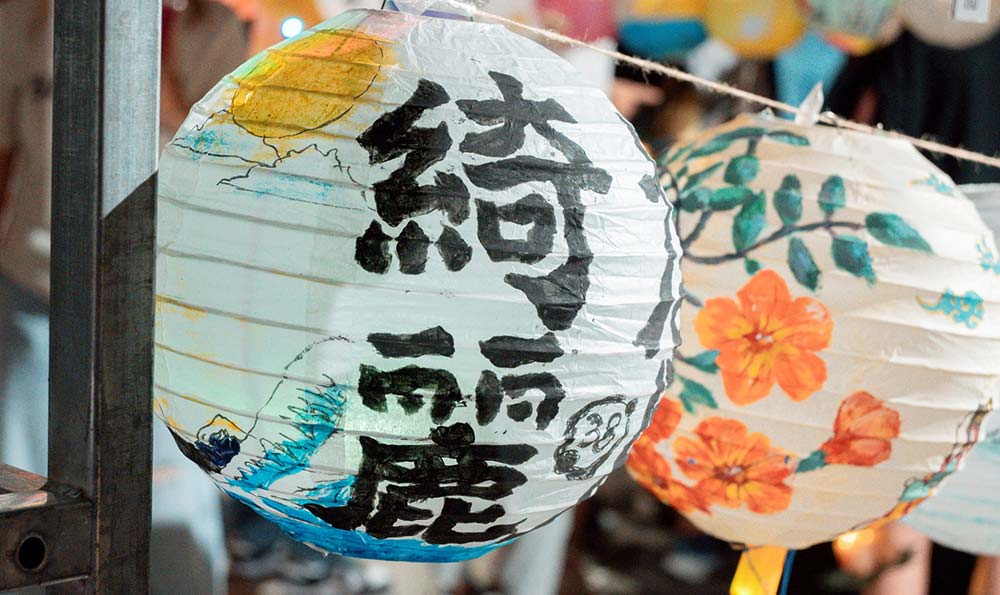
一、书法如同绘画般的艺术
在源氏物语中,有这样一句话:“众人皆称她写得好,我却很不以为然。”这里的“她”指的是一位书法家,她的字迹工整而美丽。主人公却对此不以为然。这段描写告诉我们,书法之美并非仅仅在于字迹的工整,更在于字里行间所蕴含的情感和意境,这与绘画艺术有着异曲同工之妙。
二、字如画,书如画廊
在源氏物语中,“我说道此字如画,可真是独到之极。”这是对一位书法家作品的赞美之词。通过这句话,我们可以理解到书法作品中的每一个字都如同一幅画,展示着独特的艺术魅力。而整个书法作品则如同一座画廊,让人赏心悦目。
三、用心书写,意境如诗
在古代日本,有一位书法家因为患有暴躁病而担心自己的字迹会受到影响。医生告诉他:“不用担心,只要你心境安宁,你的字迹就会变得优美。”这句话揭示了书法与心境的密切关系。只有心境平和,用心书写,才能创造出富有诗意的字迹。
四、字如人,亦如情
在源氏物语中,有一位书法家以其字迹的独特之处而受到赞誉。主人公对此评论道:“她的字像是一个充满情感的人一样迷人。”这句话告诉我们,字迹之美不仅仅是形式上的,更与个人的情感和独特性息息相关。好的字迹不仅仅是技艺的展示,更是书写者内心情感的抒发。
五、字中有诗,心中有境
在源氏物语中,书法被描写成一种能够表达内心世界的艺术。有这样一句话:“他的字中有着一种独特的意境,仿佛可以带人飞越时空。”这句话向我们展示了书法的魅力所在,它不仅仅是一种技艺,更是一种能够打开心灵之门的媒介。通过书法,人们可以感受到作者内心的情感和对生活的独特感悟。
通过解读源氏物语中关于书法的句子,我们可以看到书法艺术背后的丰富意义。字如画般的艺术,字如人般的情感,字中有诗,心中有境。这些句子带给我们的启示是用心书写,将情感倾注才能创造出真正意义上的优美字迹。无论是欣赏还是创作书法,我们都应该与自己内心建立联系,让自己的情感与意境在字里行间得以流露。
源氏物语关于书法的描述
Title: Depictions of Calligraphy in The Tale of Genji

Introduction:
The Tale of Genji is a classic Japanese novel written by Murasaki Shikibu in the 11th century. It is often regarded as one of the greatest works in world literature. Among its many themes, the novel also includes vivid descriptions of calligraphy, offering readers a glimpse into the significance and beauty of this ancient art form. In this article, we will explore the descriptions of calligraphy in The Tale of Genji, using simple language and relatable metaphors to explain complex concepts.
1. The Dance of the Brush:
Calligraphy is often described in The Tale of Genji as a mesmerizing dance of the brush. The characters come alive as if they are dancers gracefully moving across the paper. Each stroke has its purpose, just like every step taken by a skilled dancer. The calligrapher's hand becomes an extension of their thoughts and emotions, resulting in a visual representation of their inner world. The characters seem to flow effortlessly, captivating the readers with their elegance and beauty.
2. The Melody of Ink:
In the novel, the act of writing is likened to the creation of music. The sound of the brush gliding across the paper creates a rhythmic melody, capturing the essence of the writer's thoughts and emotions. The ink, like a musical instrument, plays its part in harmonizing with the brushstrokes. Just as a skilled musician controls the flow of music, a calligrapher controls the flow of ink, creating a symphony of characters that convey deeper meanings beyond mere words.
3. The Power of Spareness:
The Tale of Genji also highlights the importance of simplicity and minimalism in calligraphy. The characters are often portrayed as having a sense of inner strength and refinement. The economy of strokes used by the calligrapher is compared to the uncluttered beauty of a Zen garden. Every stroke has a purpose, and unnecessary embellishments are omitted. This minimalistic approach allows the characters to speak volumes with just a few strokes, leaving a lasting impression on the readers.
4. The Beauty of Imperfections:
Contrary to the pursuit of perfection in many art forms, The Tale of Genji celebrates the beauty of imperfections in calligraphy. The slight variations and subtle irregularities in the characters are considered to enhance their aesthetic appeal. These imperfections give each character a unique personality, as if they were human beings with their own quirks and complexities. It is through these imperfections that the calligraphy gains a sense of authenticity and humanity, resonating with the readers on a deeper level.
Conclusion:
The Tale of Genji offers a rich and vivid portrayal of calligraphy, depicting it as a dance, a melody, and a form of art that celebrates simplicity and imperfection. Through its descriptions, the novel enables readers to appreciate the significance of calligraphy as a means of self-expression and communication. Just as the characters in The Tale of Genji come to life through Murasaki Shikibu's words, so too do the characters in calligraphy breathe with meaning and emotion, leaving a lasting impression on those who encounter them.

